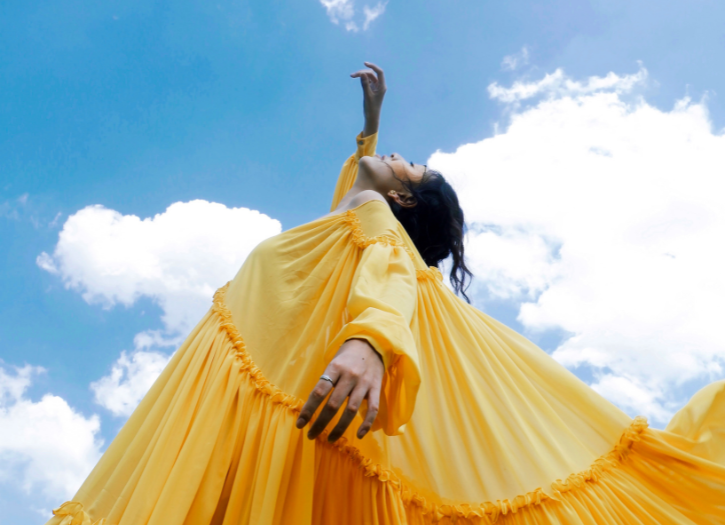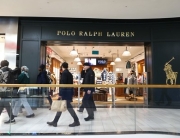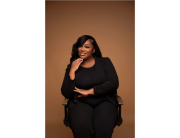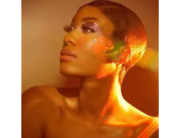A fashion trend signifies a specific look or expression that is spread across a population at a particular time and place. A trend is considered a more ephemeral look, not defined by the seasons when collections are released by the fashion industry. A trend can thus emerge from street style, across cultures, and from influencers and other celebrities.
Fashion trends are influenced by several factors, including cinema, celebrities, climate, creative explorations, innovations, designs, political, economic, social, and technological. Examining these factors is called a PEST analysis. Fashion forecasters can use this information to help determine the growth or decline of a particular trend. Fashion is inherently a social phenomenon. A person cannot have a fashion by oneself, but for something to be defined as fashion, there needs to be dissemination and followers. This dissemination can take several forms; from the top-down (“trickle-down”) to bottom-up (“bubble up/trickle-up”), or transversally across cultures and through viral memes and media (“trickle-across”).
Fashion relates to the social and cultural context of an environment. According to Matika, “Elements of popular culture become fused when a person’s trend is associated with a preference for a genre of music […] like music, news, or literature, fashion has been fused into everyday lives.” Fashion is not only seen as purely aesthetic; fashion is also a medium for people to create an overall effect and express their opinions and overall art.
This mirrors what performers frequently accomplish through music videos. In the music video ‘Formation’ by Beyoncé, according to Carlos, The annual or seasonal runway show is a reflection of fashion trends and a designer’s inspirations. For designers like Vivienne Westwood, runway shows are a platform for her voice on politics and current events. For her AW15 menswear show, according to Water, “where models with severely bruised faces channeled eco-warriors on a mission to save the planet.”
Another recent example is a staged feminist protest march for Chanel’s SS15 show, with rioting models chanting words of empowerment using signs like “Feminist but feminine” and “Ladies first.” According to Water, “The show tapped into Chanel’s long history of championing female independence: founder Coco Chanel was a trailblazer for liberating the female body in the post-WWI era, introducing silhouettes that countered the restrictive corsets then in favor.”The annual Met Gala ceremony in Manhattan is a venue where fashion designers and their creations are celebrated. Social media is also a place where fashion is presented most often. Some influencers are paid huge amounts of money to promote a product or clothing item, where the business hopes many viewers will buy the product off the back of the advertisement.
Instagram is the most popular platform for advertising, but Facebook, Snapchat, Twitter, and other platforms are also used In New York, the LGBT fashion design community contributes very significantly to promulgating fashion trends, and drag celebrities have developed a profound influence upon New York Fashion Week.
Photo by Hong Nguyen on Unsplash







Add Comment